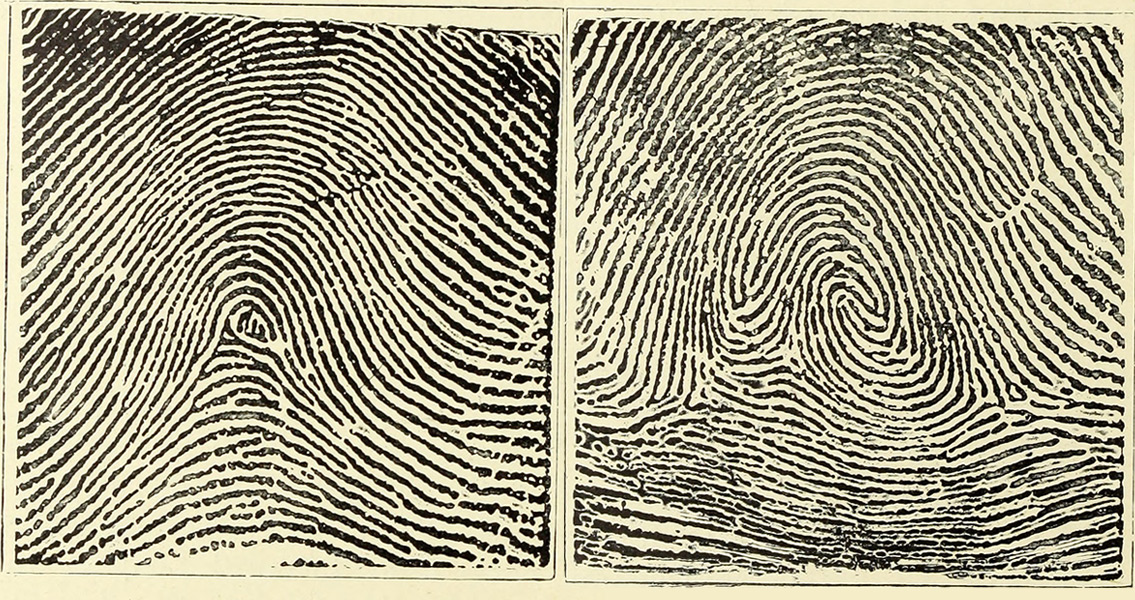<![CDATA[January 1946 saw Chicago's Northside plunged into terror, as a brutal murderer dubbed the 'Lipstick Killer' stalked the city's streets. William Heirens, labelled the Lipstick Killer by the press due to a note he'd supposedly written in lipstick at the scene of one of his murders, was just seventeen years old in 1946. He went on to serve one of the longest prison sentences in US history, lasting until his death in 2012. Even now however, there are doubts over his guilt. Panic tore through the affluent Edgewater neighbourhood on 7th January 1946 when six year old Suzanne Degnan was abducted from her bedroom. Suzanne's father, James Degnan, discovered a hastily written ransom note on the floor. "Gel $20,000 reddy & waite for word. Do not notify FBI or police. Bills in 5's & 10's". The back of the note read: "burn this for her safety." Despite the threats made in the ransom note, James Degnan took to the city's airwaves to plead for his daughter's safe return. Later that day, the already harrowing story took a sickening twist. Suzanne Degnan's head, torso and legs were found dotted in various sewers and catch basins around Chicago. A month later, her arms were also discovered. The six year old had been strangled before being dismembered with a hunting knife. In June 1946, with parents in the city still in fear for their children's safety, Heirens was arrested after breaking into another home in the Edgewater neighbourhood. Police soon charged him with Degnan's murder, claiming his fingerprints matched those found on the ransom note. Heirens would eventually be tried for three murders, and sentenced to three consecutive life sentences - a violent crime wave that started in 1945 and continued for over a year having been attributed to him. Two women had been killed in 1945: Josephine Ross and Frances Brown. At the site of the latter's murder, Heirens had supposedly left the message in lipstick which earnt him his famous nickname. "For heaven’s sake catch me before I kill more. I cannot control myself." The case of the lipstick killer remains highly controversial, however. After his initial capture in June 1946, it is claimed that Heirens was strapped to a bed at Bridewell Hospital for days on end. He was forcefully injected with sodium pentothal, once considered a truth serum but now seen as nothing more than a potentially deadly anesthetic. Some sources even claim he was also subjected to a spinal tap without any anesthetic. It was only after this ordeal that Heirens was charged. His legal team supposedly agreed that their client would plead guilty in order to soften the sentence. However, when the time came for Heirens to admit his guilt to the court he protested his innocence and claimed to have no knowledge of the crimes, a plea he maintained until his eventual death. Over the years, much of the evidence used to convict Heirens has been discredited or questioned, from the finger print match on the ransom note to claims his supposed confessions didn't actually match the crimes. Most controversial of course is his treatment while at Bridewell Hospital. Whether he was actually guilty is of course unlikely to ever be proven either way. His case is hugely significant however, for providing an insight into the methods used by the police in the middle of the twentieth century; showing how an individual could be convicted for a sequence of heinous crimes with evidence which would likely be nowhere sufficient today, and by methods which now seem highly dubious. ]]>
Lipstick Killer Abducts and Brutally Murders Six Year Old Girl
